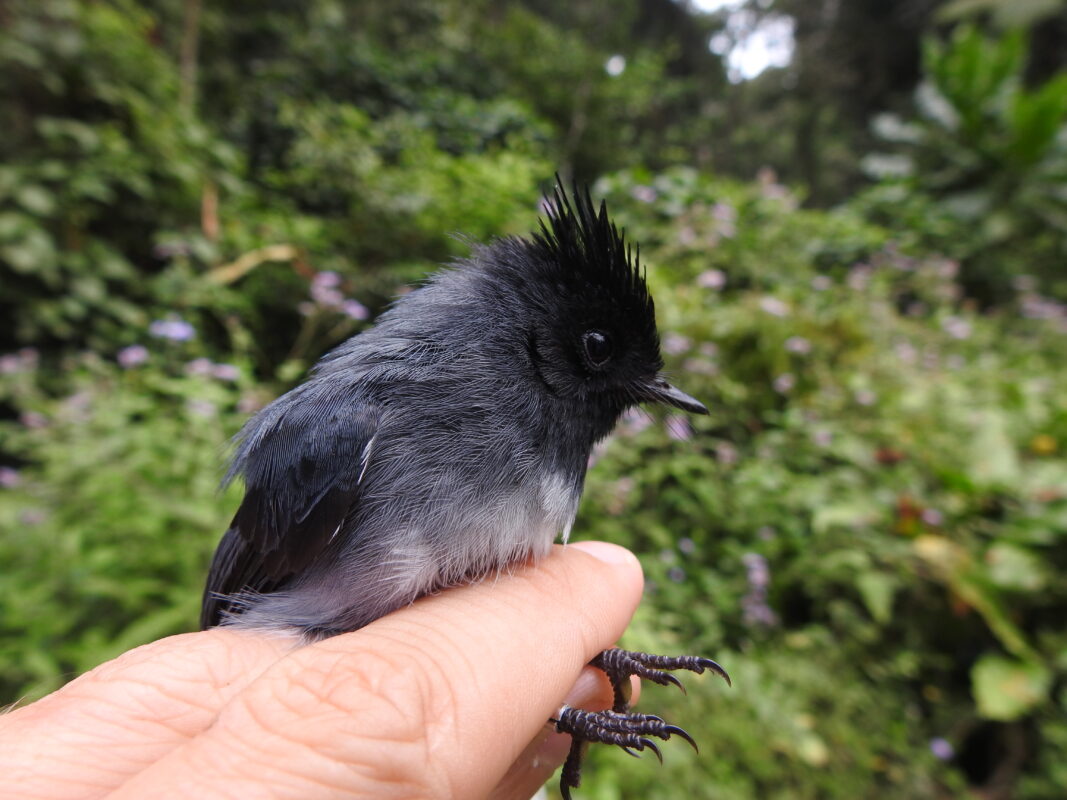
As the climate warms, birds in the East Africa mountains are getting bigger
UCLA-led research casts doubt on a long-held theory about warming and body size
As global temperatures rise, animals — especially birds — have been decreasing in size.
Many ecologists believe this trend may be a universal rule of climate change. It aligns with Bergmann’s rule, first described in 1847, which states that animal and bird populations of larger size are generally found in colder environments. Larger bodies have a smaller surface-to-volume ratio, which helps animals conserve body heat and energy more efficiently.
A new UCLA-led study in the Usambara Mountains of Tanzania, one of the world’s tropical biodiversity hotspots, provides evidence that this trend is not absolute, finding that birds in the region increased in size by an average of 4.1% over the last 36 years as temperatures rose.
“Our study is one of the first to find trends of increasing body mass and to find them so pervasively across the community,” said UCLA ecologist Monte Neate-Clegg, the paper’s lead author. “This is the first time that’s been found in the tropics and possibly in the world.”
Researchers measured the bodies of 42 bird species in the region, including the dark-backed weaver, forest batis and the square-tailed drongo, and found all 42 species showed a positive trend in body mass. Smaller species had proportionally larger increases in size, but trends across species did not find these changes related to the birds’ survival.
It’s uncertain what is causing the unusual changes.
One possibility is that, as temperatures rise, plants experience longer growing seasons, thus providing more food and other resources to the birds. Another possibility is that declines in species’ populations give them larger territories, again providing them with greater resources. There is also a long-term legacy of habitat fragmentation in the region, perhaps necessitating larger wings to travel among sections of forest.
Most studies on ecology and climate change in the tropics have focused on low-lying areas, particularly in the Amazon basin. Much less is known about how climate change affects mountainous tropical regions. The area studied in this paper is about 3,000 feet above sea level, where temperatures are cooler and the terrain is more varied.
More studies are needed to understand how climate change affects birds in such mountainous regions, said Neate-Clegg, who is part of a team of UCLA ecologists studying the effects of environmental stressors on bird species in the region.
“This research cautions against making sweeping assumptions about the mechanisms by which climate change affects birds,” he said. “It points to the importance of understanding how birds are affected by things like food, rather than things like direct heat tolerance.”
Knowing how climate change affects species is critical to conservation efforts. Understanding the factors that contribute to population declines, such as heat, food, habitat availability and additional causes, could enable tailored approaches that could be more effective at protecting birds in the Usambara Mountains and beyond.

